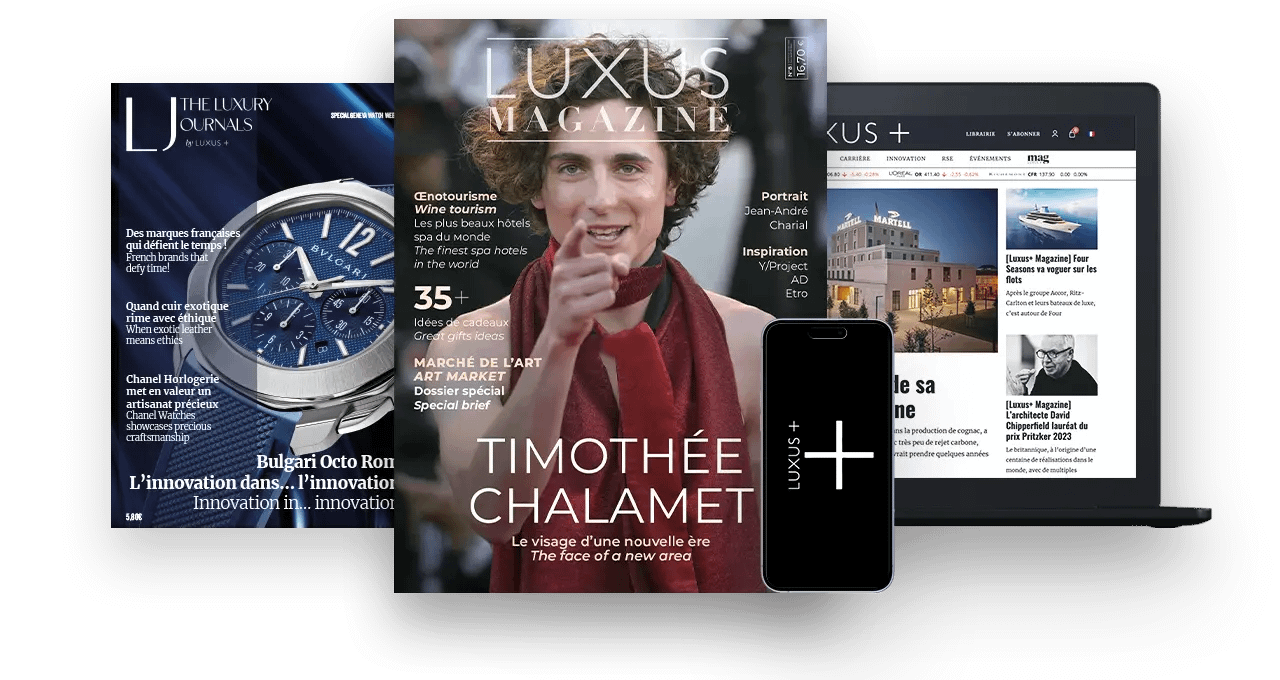The Paris Motor Show is not just a giant showroom for established European and American brands: it’s also an unrivalled launch pad for up-and-coming brands and those seeking visibility, such as China’s Hongqi and Aito. Brussels decided to impose additional customs duties on these models on October 29.
The Mondial de l’Auto 2024 surprised visitors with a host of new products, and the increased presence of nine Chinese brands is designed to “highlight their technological advances and determination to develop”, as Xinhua, the official press agency of the People’s Republic of China, puts it.
Alongside BYD, Tesla’s omnipotent electric rival, and Hongqi, the doyenne of Chinese automakers (1958), which has become the benchmark for the regime’s top dignitaries, there were less media-friendly but equally dynamic brands such as Forthing (Dongfeng), Maxus (SAIC), GAC, Skyworth, Xpeng, Leapmotor (incorporated into Stellantis) and Aito.
The latter, launched by cell phone manufacturer Huawei and partner of Seres ( already present in Europe), is preparing its arrival on the Old Continent in 2025. This is subject to acceptance of its numerous technological options, some of which have not yet been approved by European authorities.
This Chinese stranglehold is all the stronger given that the Japanese brands Toyota, Nissan and Suzuki, Korea’s Hyundai and a number of European brands (including Volvo, Mercedes-Benz and DS) are missing from the Salon line-up.
To counter what appears to be unfair competition, the EU has decided to carry out its threat to surcharge Chinese imports of electric vehicles.
From Thursday October 31, Chinese battery-powered vehicles will be subject to a surcharge of up to +35%, in addition to the 10% customs duty.
New automotive primer
Its gigantic, full-length stand featured an XXL screen, whose speakers played a single, particularly catchy electro track. Aito, hitherto an unknown quantity in France and Europe, stood opposite Hongqi, the esteemed state carmaker cherished by Communist Party leaders.
Installed in the America Hall of the Motor Show, Aito is, contrary to its name, not a Japanese manufacturer, but a Chinese one. Its acronym carries the promise of artificial intelligence – “Adding Intelligence To Automobile”. And it’s about to arrive in Europe. The result of a partnership between Huawei and the Chinese manufacturer Seres (already established on European soil), Aito was founded in 2021. Since then, between February 2022 and July 2024, it has delivered 400,000 vehicles to its local market. This brand seems destined to eclipse Seres.
At the Mondial, Aito presented the M5, marketed in 2022 and a close relative of the Seres SF5, as well as the M7 and M9 which were launched in 2022 and 2023 respectively. These models were presented under the names Aito 5, Aito 7 and Aito 9 at the Show.
For its part, Hongqi, literally “Red Flag” in Mandarin, well known in the Middle Kingdom and now in India, presented an ultra-luxury vision of the Made in China automobile. The manufacturer, whose designer once worked for Rolls Royce, presented the Guoya. An opulent executive sedan, similar to a limousine, judging by its 5-meter wingspan.
Read also > Aston Martin revises its outlook for 2024
Featured Photo: © Hongqi




































